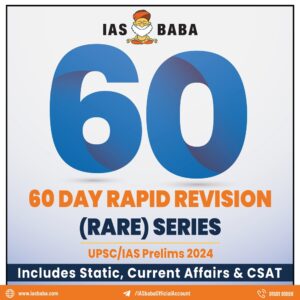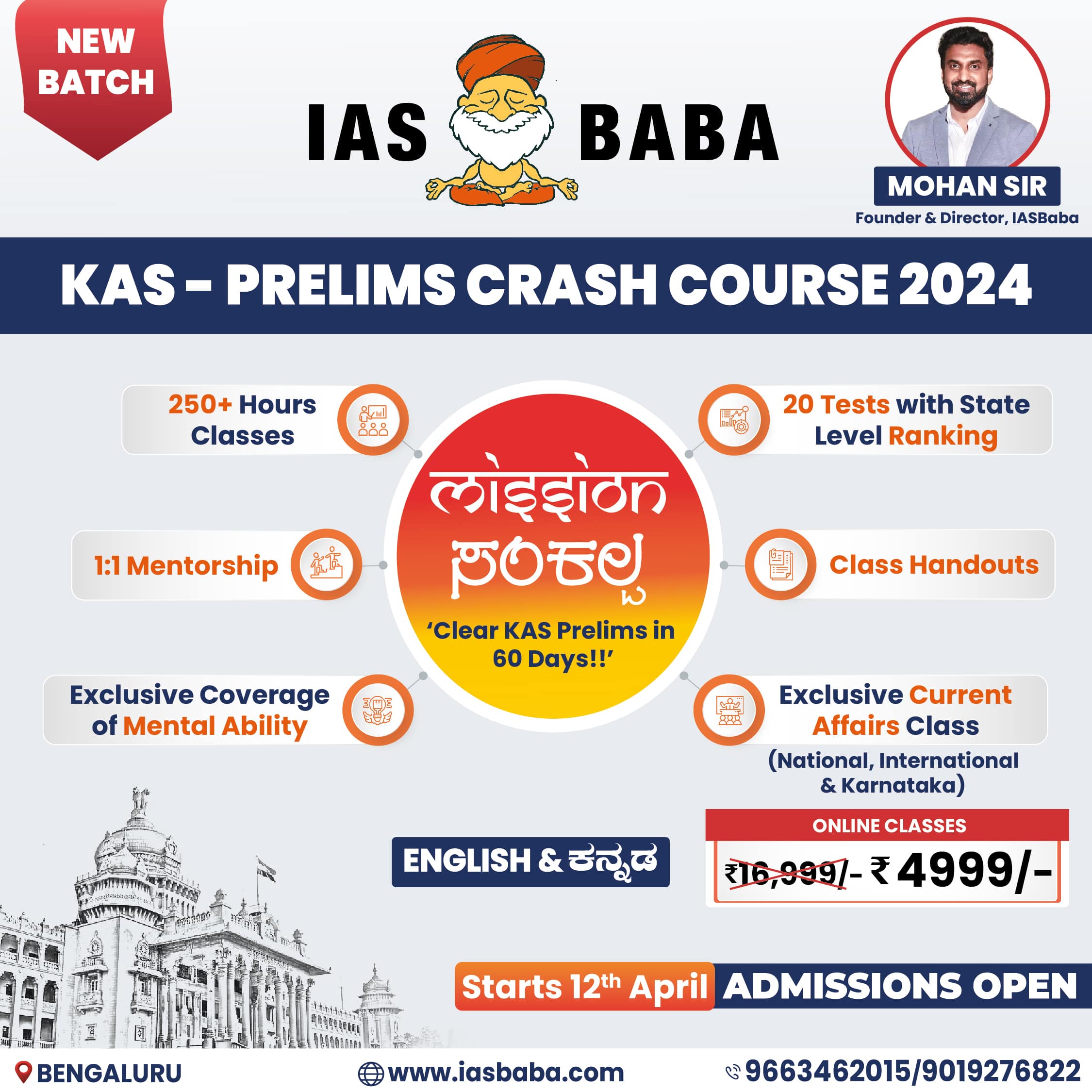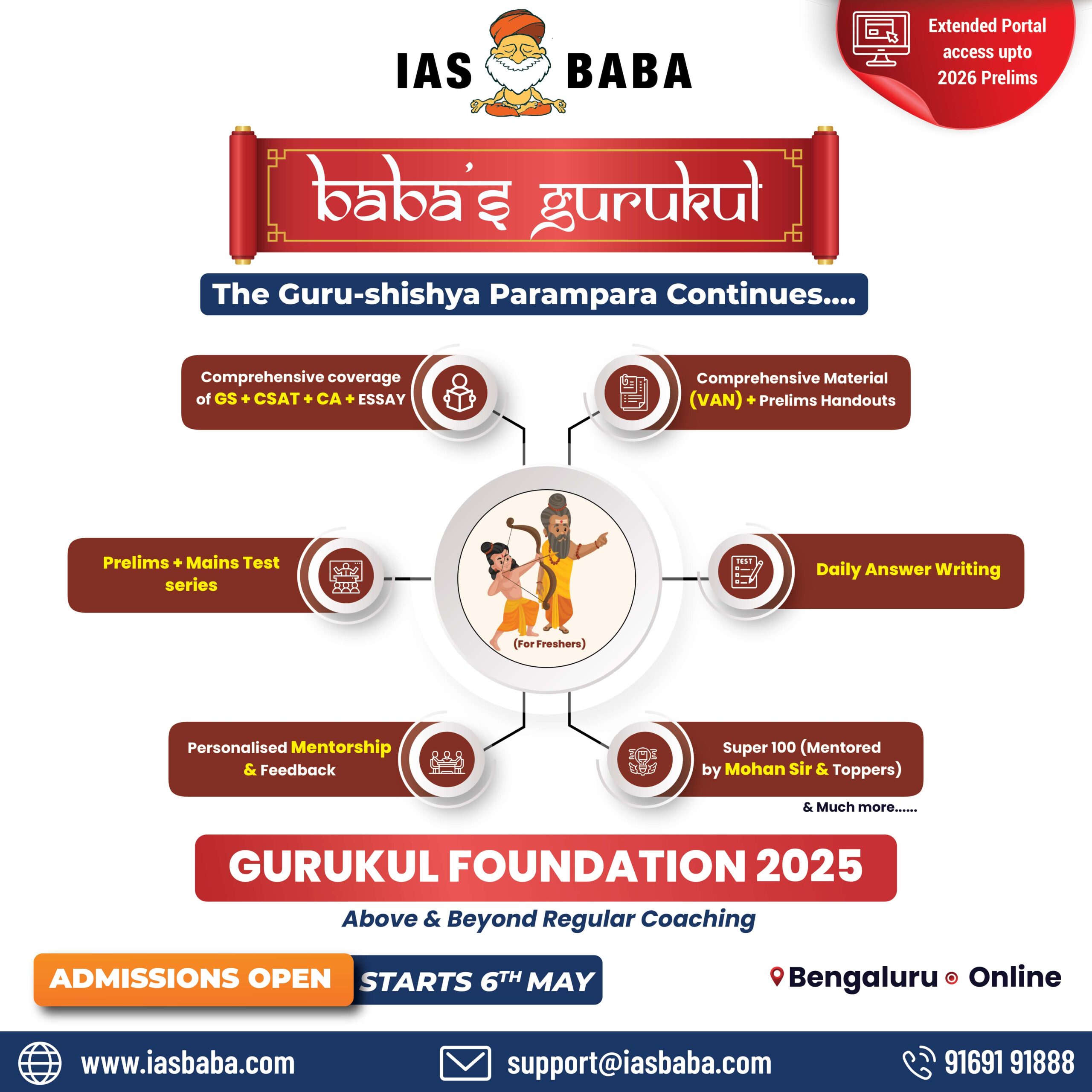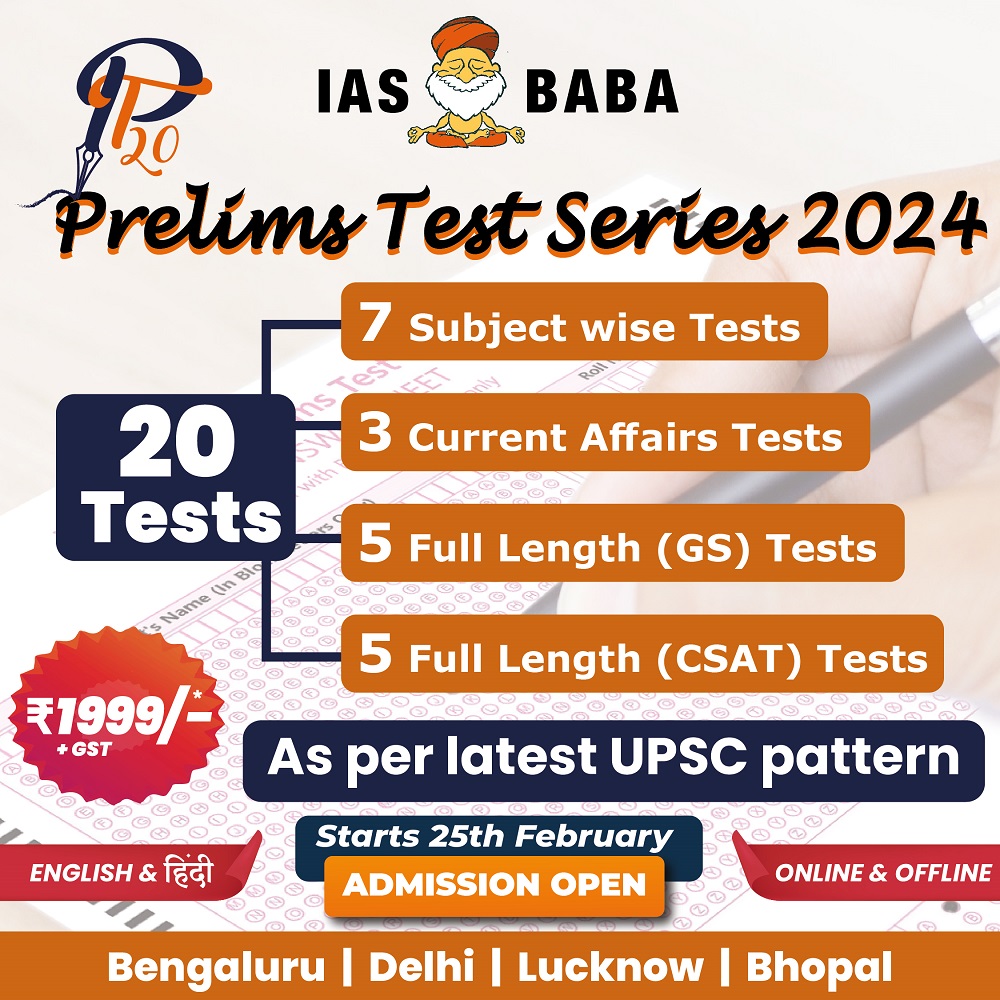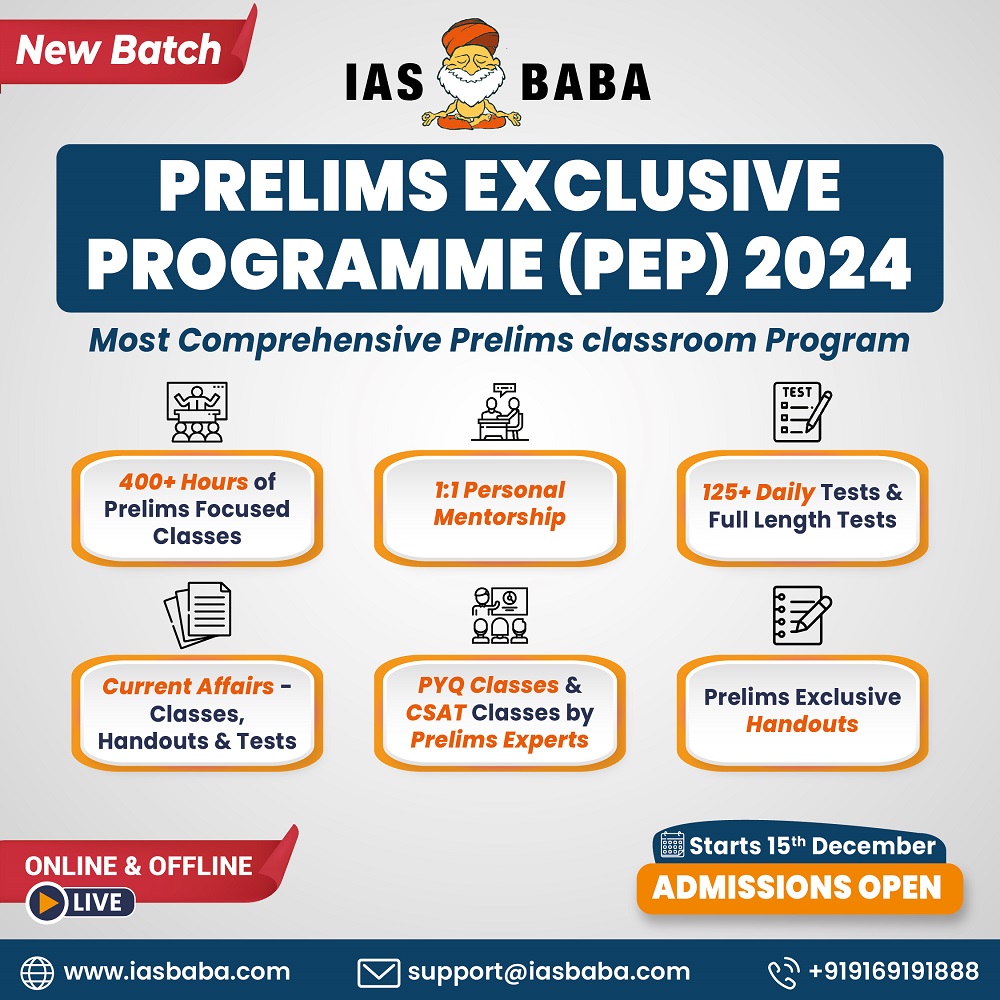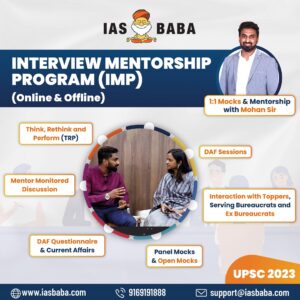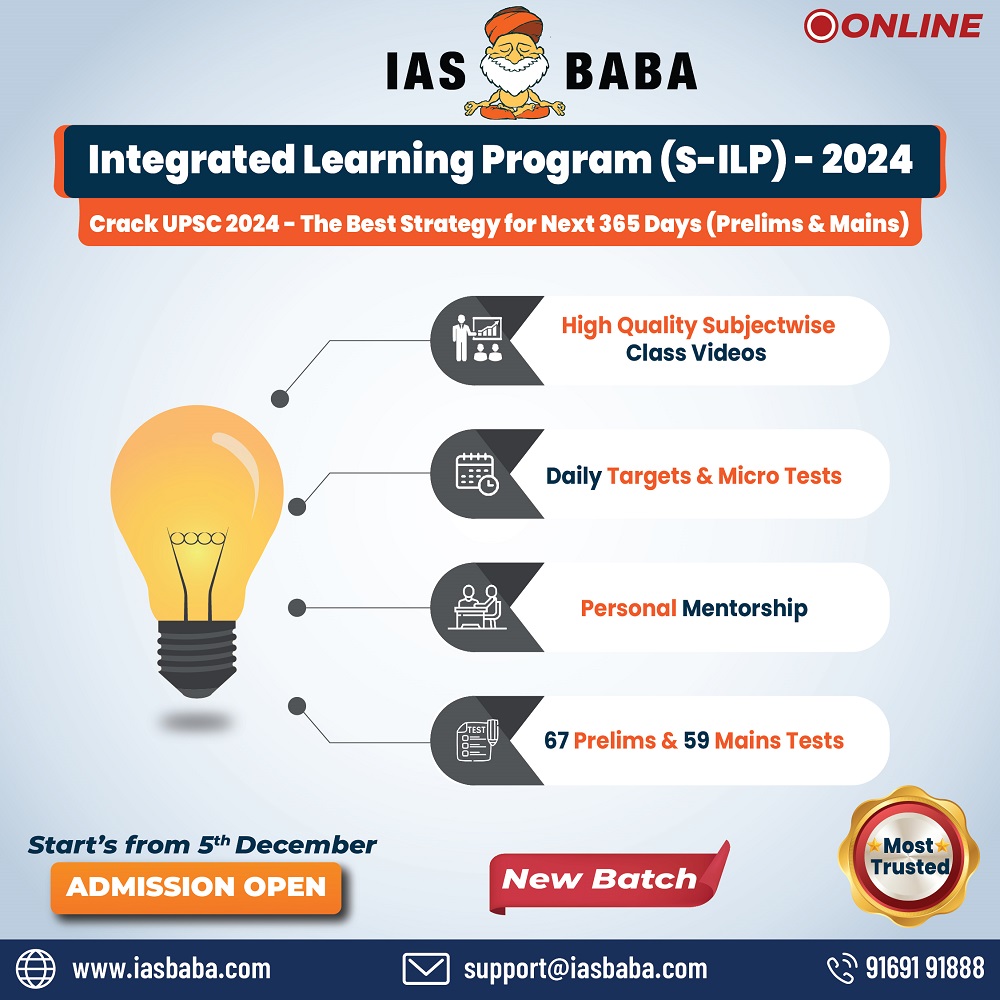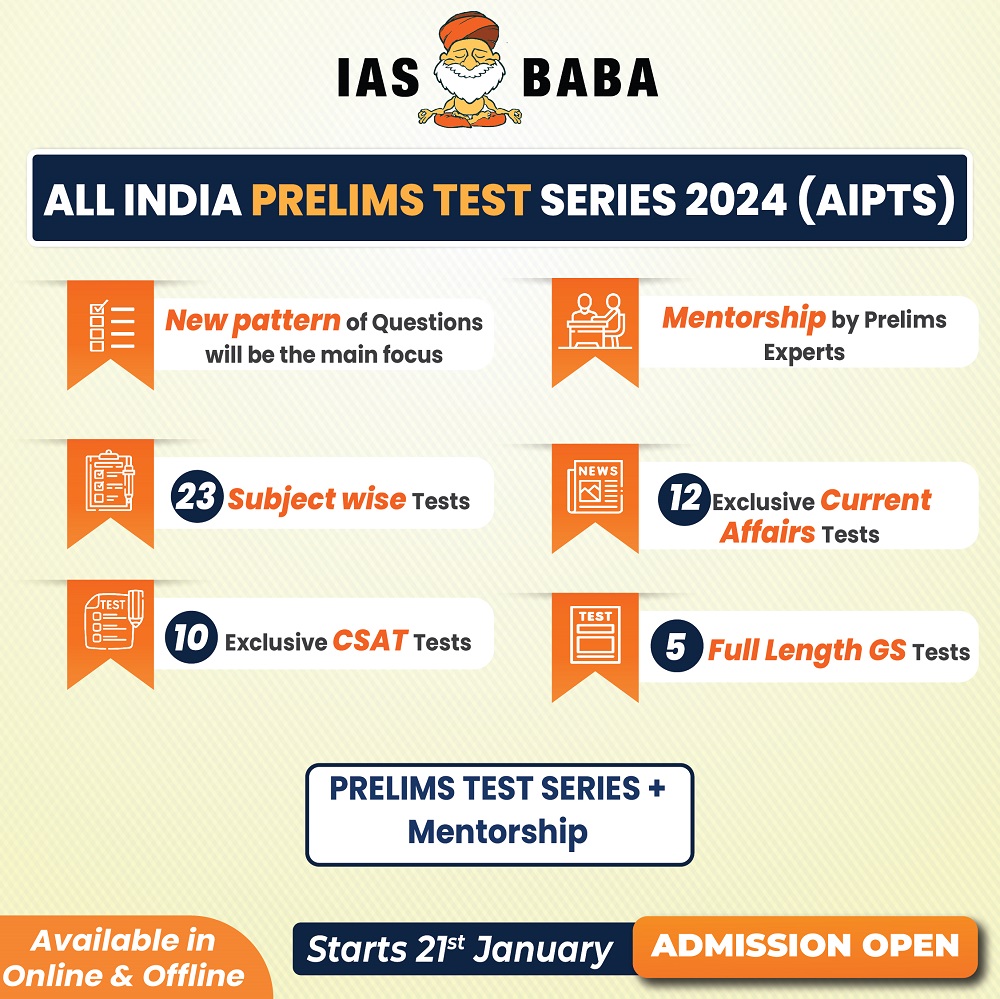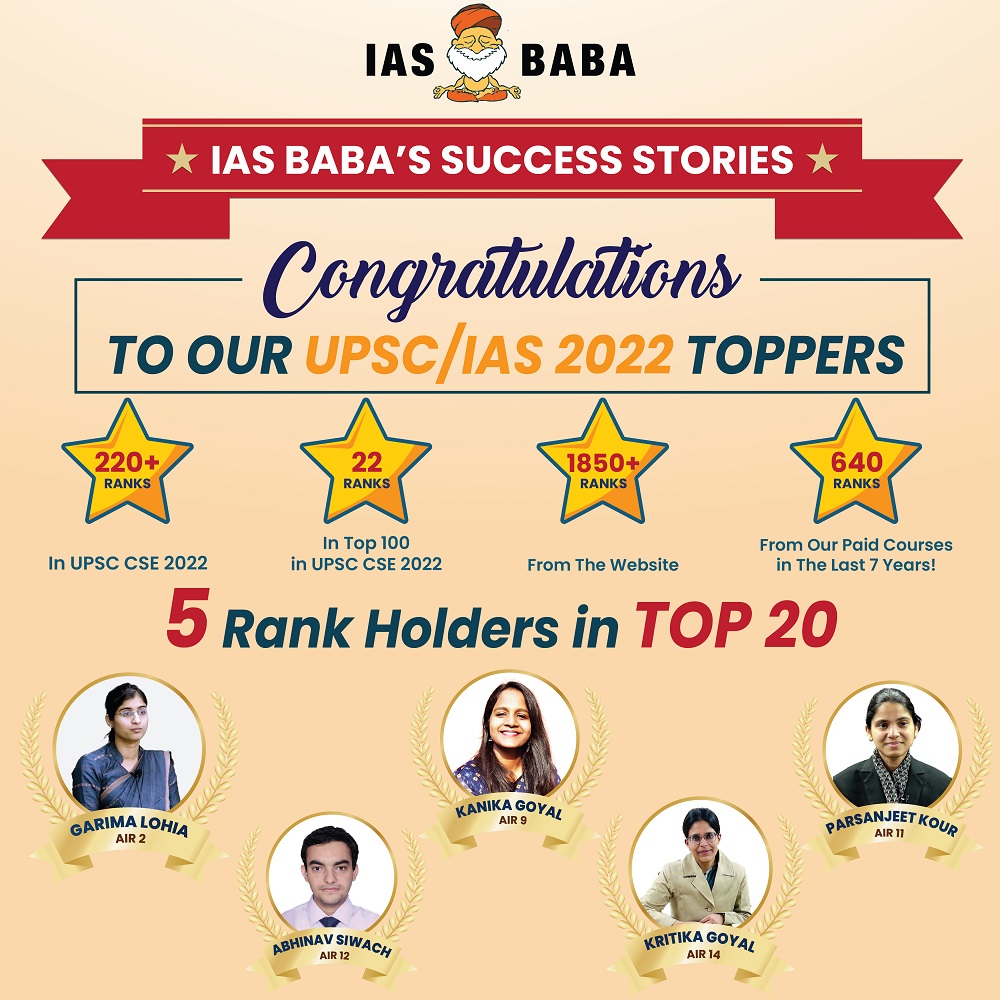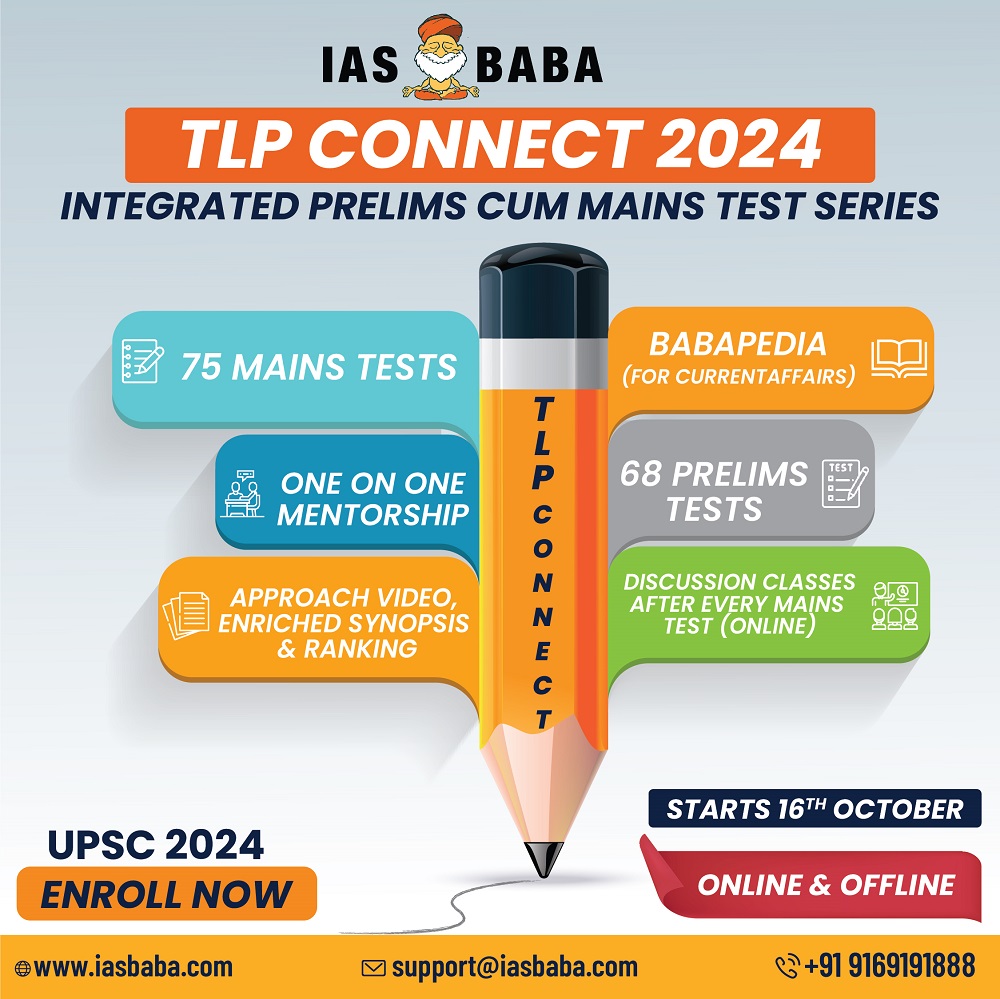Current Affairs, TLP-UPSC Mains Answer Writing
For Previous TLP (ARCHIVES) – CLICK HERE
SYNOPSIS [11th August,2021] Day 153: IASbaba’s TLP (Phase 1): UPSC Mains Answer Writing (General Studies)
1. Examine the ways in which the social institution of ‘marriage’ has undergone changes in India.
Approach
Define what is marriage as an institution and contextualise to India with mentioning modern times.In next part mention all the changes which have been happening over the period of time and complement it with which traditional issues still persists.In conclusion make a reformative argument of society and institution of marriage.
Introduction
Marriage is considered to be the oldest, the most basic and fundamental institutions in the sub-systems of the society. In ancient Indian society, marriage was regarded as a highly sacred institution which involves the meeting of the minds between the spouses for material as well as psychological satisfaction.This institution has further gone trough changes in modern times.
Body:
The institution of marriage has undergone several changes over a period of time as follows:
- Polygamy to Monogamy: Ancient Indian society followed polygamy among upper castes which have been replaced with monogamy. The practice of Bigamy or polygamy is prohibited by law and punishable.
- Union of a family to individuals: Before, marriage was considered as the union of two families but off late it has given way for individual preferences. Olden days, Bride and Groom would not even meet or talk before marriage but now the tables have turned.
- Male domination to Equality: Husband was seen as lord or master in marriage setup and women were always lower in the hierarchy. Even though it is still present certain pockets, but in urban spaces, the concept of equality has prevailed between couples and matches is made between equals.
- Divine protection to Legal protection: There was no concept of registration of marriage in early days but now marriages have to be registered and given legal protection under the law.
- Remarriage: In olden days, if women attain widowhood, she dies a widow and looked down upon in society. But of late, there is an increased number of widow remarriage and sati as a practice is extinct.
- Inter-caste marriage: Though frowned upon and avoided in major regions, but it is slowly gaining acceptance in urban spaces. Though a concept called honor killings happens in certain pockets of the country.
- Child marriage: Child marriage was widely practiced and prevalent in past, but it is punishable by law if practiced in present times.
- Divorce: There was no concept of divorce in ancient Indian society. It was believed that marriage is not only for a lifetime but seven lives. At present, in the case of non-compatibility, there is an option of divorce through legal means.
- Dowry: Dowry was an accepted practice in India whether Bride family giving it to groom or vice versa, even though present unofficially, it is banned by law and punishable if practiced.
- Acceptance of singlehood: Traditionally marriage was considered the ultimate goal of life for both men and women. Unmarried women or men were considered inauspicious and attracted a lot of suspicions but at present, there is increased acceptance of singlehood and career has become a major goal and marriage has taken back seat.
- Live in relationships: The trend of live in relationships started lately after globalisation in cities such as Delhi, Mumbai, Pune.It was further legitimised by Supreme court ruling.
Traditional issues still dominating in Indian marriages:
- Male dominance : Majorly even after independence and various statutory laws the male dominance from the family system has not waned.Still majority decisions are taken by husband in society.
- Rituals: Ritualistic part of marriage is still intact.Further the social media and new technologies have incentivised couple’s to get married with all the ceremonies of marriage.
- Caste still has major factor to play in making a match of groom and bride.The classified ads in newspaper are testimonies to influence of caste on marriage system.
- Heterosexual norm: Marriage is still considered match between opposite sexes.The new forms of same sex marriages is still a taboo in India.
Conclusion
Indian marriage system has gone a major change after the independence with intervention of government, social reforms by various groups and urbanisation and globalisation in world.This has given couples more independence, women have gained agency, and family has been democratised.But these changes have largely been restricted to more educated and urbanised people.Therefore more efforts should be taken to bring reforms in rural population, such as incentivising intercaste marriages, increasing reporting and conviction in dowry cases, increasing avenues for women empowerment.This will create a egalitarian and modern society.
2. Why does caste remain a dominant and pervasive social reality in India? Contextualise.
Approach
Define caste in introduction and contextualise to present situations.In next part mention various reasons for why caste still remains prevalent in India.In conclusion write what can be done to reduce this prevalence along with summary of the body.
Introduction
Caste can be defined as hereditary endogamous group, having a common name, common traditional occupation, common culture, relatively rigid in matters of mobility, distinctiveness of status and forming a single homogeneous community. However, in the changing situation caste has adapted too many new features like having formal organisations, becoming less rigid and having a link with politics.
Body
Caste remains a very dominant and pervasive social reality in India due to several factors :
- Caste-based census: Starting from 1881, census including caste of people were carried out which is continued to this day. Also, there was an attempt to build a hierarchy of caste based on the census data. The censuses became a catalyst for an increased consciousness about their caste and its status among the Indian people.
- GOI Act, 1935: The legal framework under this act led to the formation of scheduled castes and scheduled tribes.
- Dominant caste: The practice of land holding on basis of caste further increased the importance of the system and this created dominant caste groups which control political and public space till today.
- Biased picture: a Biased study of historians to depict wide segregation in Hindu society existing from ancient times also played a big role in entrenching caste-based divisions.
- Aryan-Dravidian theory: The “Aryan invasion” theory deepened the caste system on lines of upper and lower castes along with original inhabitants (Tribals and Dalits) as well as North-South divide within India.
- Reservations: Reservations in government jobs, Educational institutions etc. based on caste has further established caste as a dominant factor that is hard to do away with.
- Politics: All political parties give great weight to the caste factor in selecting their candidates, in allocating constituencies to their candidates and in canvassing support for their nominees in the election.
- Caste-based associations and pressure groups: The formation of caste association and the important role they have in influencing voting pattern. Even political parties are considering caste as a vote bank.
- Inequality: Economic inequality, Lack of access to better livelihood, caste-based jobs, Unemployment etc. have further deepened assertions by caste groups.
- Pride: Wearing caste as a badge of honor based on ancient/Mythical stories (like Martial race, Royal Priest class), victories in wars, ancient kingdoms etc.
- The upper castes owing to western education moved on to caste-neutral jobs like clerks, lawyers, doctors etc. but the lower castes were still following their traditional jobs which increased their solidarity.
- Education system: Indian education system starting from admission forms to providing various benefits gives importance to caste which creates a caste based identity in new generation.
- Media reporting: Media reports highlights the caste breakdowns of elections.Elections being a constant phenomenon in India makes caste identity part of daily vocabulary and makes people remember their caste groups.
- Marriage system: Majority of marriages in India are intra-caste which perpetuates the caste system with all its rituals.
Conclusion
Caste system has evolved over the years with the intervention of Britishers , social reformers and intervention of government after Independence.The abhorrent practices of untouchability, concept of purity and pollution and taboo of intercaste marriages have been diluted to a large extent.But the different agencies such as media, political parties, education system and marriage system which have perpetuated traditional mindsets needs an urgent reform.Caste should not be caste in a stone for modern India.
3. Working women in India face challenges on multiple fronts. Do you agree? Illustrate
Approach
Introduce with the present situation and statistics of women employment in India.In next part write multiple social, economic, cultural and occupational challenges which women face. Write a way forward at the end to mention various reforms needed.
Introduction:
India continues to struggle to provide its women with equal opportunity. In 2019, before the Covid-19 pandemic, female labor force participation in India was 23.5%, according to ILO estimates.This is due to various obstructions which women’s in India face from social to security issues.
Body
Challenges faced by working women:
- Mental harassment : It is an age old convention that women are less capable and inefficient in working as compared to men. The attitude which considers women unfit for certain jobs holds back women. In spite of the constitutional provisions, gender bias creates obstacles in their recruitment. In addition to this, the same attitude governs injustice of unequal salaries for the same job. The true equality has not been achieved even after 61 years of independence. Working in such conditions inevitably puts strain on women to greater extent as compared to men, thus making them less eager in their career.
- Sexual harassment:Today, almost all working women are prone to sexual harassment irrespective of their status, personal characteristics and the types of their employment. They face sexual harassment on way on transports, at working places, educational institutions and hospitals, at home and even in police stations when they go to file complaints. It is shocking that the law protectors are violating and outraging modesty of women. Most of the women tend to be concentrated in the poor service jobs whereas men are in an immediate supervisory position, which gives them an opportunity to exploit their subordinate women.
- Discrimination at Workplace:However, Indian women still face blatant discrimination at their workplaces. They are often deprived of promotions and growth opportunities at work places but this doesn’t apply to all working women. A majority of working women continue to be denied their right to equal pay, under the Equal Remuneration Act, 1976 and are underpaid in comparison to their male colleagues. This is usually the case in factories and labor-oriented industries.
- No Safety of Working Women While Traveling :Typically, the orthodox mindset in the Indian society makes it difficult for a working woman to balance her domestic environment with the professional life. In some families, it may not be acceptable to work after six o’clock. Those families that do accept these working hours may experience considerable anxiety every day about a woman’s safety while traveling. So many issues affect a working woman because she is closely protected or watched by her family and the society.
- Lack of Family Support : Lack of proper family support is another issue that working women suffers from. At times, the family doesn’t support women to leave the household work and go to office. They also resist for women working till late in office which also hampers the performance of the women and this also affects their promotion.
- Insufficient Maternity Leaves : Insufficient maternity leave is another major issue that is faced by a working mother. This not only affects the performance of women employees at work, but is also detrimental to their personal lives.
- Job insecurity : Unrealistic expectations, especially in the time of corporate reorganizations, which sometimes puts unhealthy and unreasonable unreasonable pressures on the employee, can be a tremendous source of stress and suffering. Increased workload extremely long work hours and intense pressures to perform at peak levels all the time for the same pay, can actually leave an employee physically and emotionally drained. Excessive travel and too much time away from family also contribute to an employee’s stressors.
- Workplace Adjustment : Adjusting to the workplace culture, whether in a new company or not, can be intensely stressful. Making oneself adapt to the various aspects of workplace culture such as communication patterns of the boss as well as the co-workers, can be lesson of life. Maladjustments to workplace cultures may lead to subtle conflicts with colleagues or even with superiors. In many cases office politics or gossips can be major stress inducers.
- Other reasons : it include Personal demographics like age, level of education, marital status, number of children, personal income and number of jobs currently had where you work for pay and Work situation characteristics like job tenure, size of employing organization, hours worked per week.
Way forward:
- Adequate maternity, crèches at the workplace, child support centers etc.
- The corporate glass ceiling which discourages in higher management roles for women needs to be broken.
- The Gender Wage gap needs to be removed.
- Safety of women in public needs to be ensured through effective policing and judicial system.
- Resources like land, houses in the name of women as being done under Pradhan Mantri Awas Yojana.
- Providing land ownership rights to women especially female farmers.
- Effective implementation of the Maternity Benefits Act, Women reservations, Vishaka Guidelines, and MUDRA scheme etc.
- Digital divide needs to be breached for better opportunities in pandemic.




